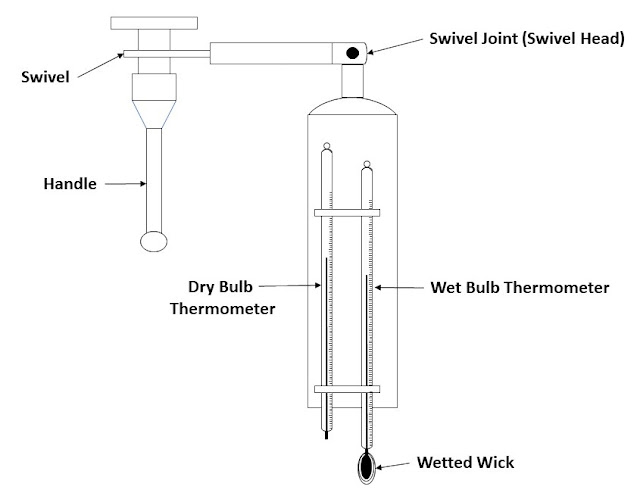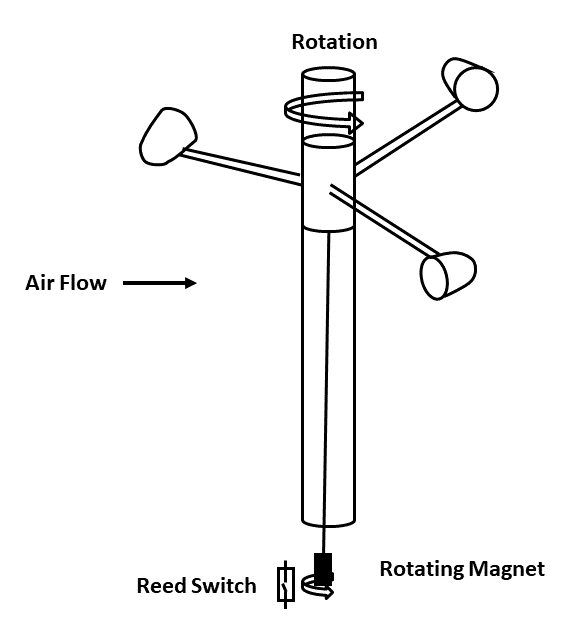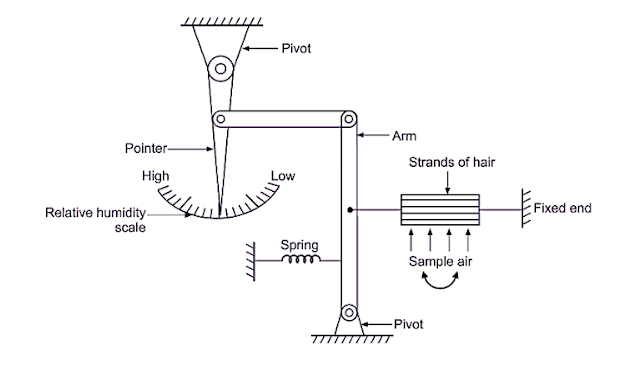Juice Extraction Plant

Juice Extraction Plant The generalized flow chart for preparing fruit juice Sugar Cane juice extraction plant Juice Extraction process Heavily grooved crusher rollers break the cane & extract a large part of juice. Revolving knifes cuts the stalk into chips are supplementary to the crusher. The pressing process involves crushing the stalks between the heavy & grooved metal rollers to separate the bagasse. As the cane is crushed, hot water (or a combination of hot water and recovered impure juice) is sprayed onto the crushed cane counter currently as it leaves each mill for diluting. Extracted juice contains 95% or more of the sucrose present. Clarification of Juice The raw juice is dark opaque liquid containing about 15% sucrose and small quantities of glucose, fructose, vegetable proteins, mineral salts, organic acids, colouring matter, gums and fine particles of bagasse suspended in it. Allowed to remain untreated tor some time, it begins to ferment and the sucrose present





